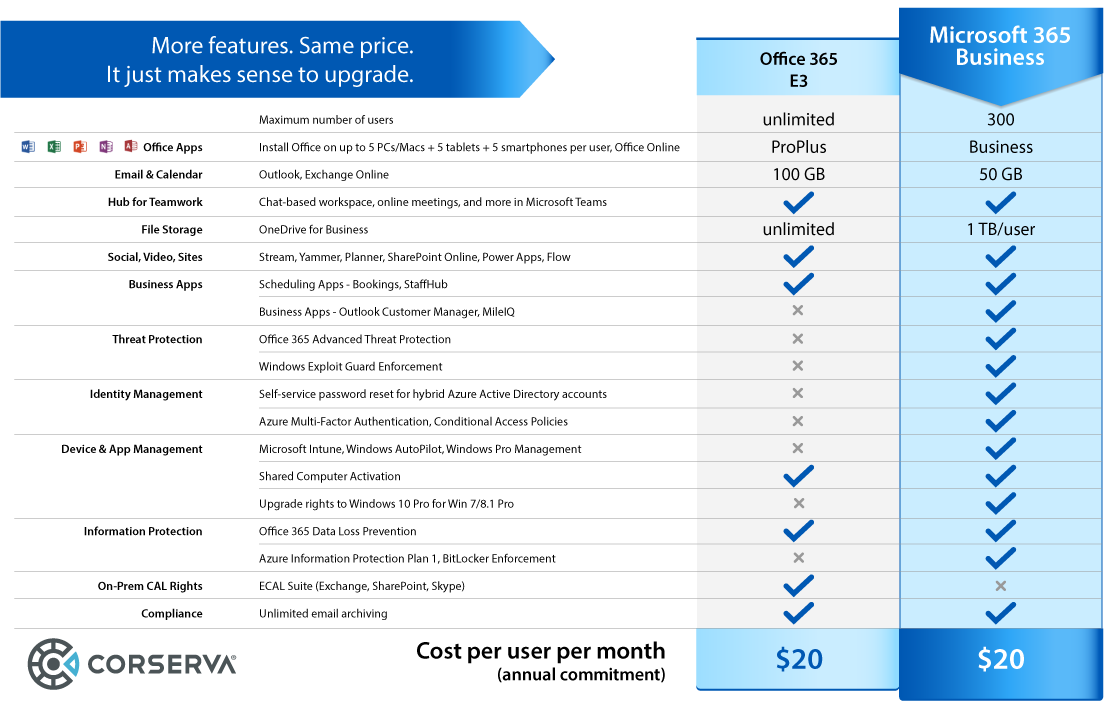

This will refresh the Authentication blade and will display the Redirect URI we just chose from the menu. Select the first option in the list, and select the Configure button at the foot of the menu. Select the Add a platform button to open up the Configure platforms menu and select Mobile and desktop applications under the Mobile and desktop applications heading, this will open another menu called Configure Desktop + Devices displaying a section called Redirect URIs and a list of checkboxes with some pre-defined URIs. This will present you with three sections, Platform configuration, Supported account type and Advanced settings. We next need to configure our new application so that it can be used with the Office 365 CLI, to do this we need select Authentication in the Custom PnP Office 365 CLI blade menu. Take a copy of both the Application (client) ID and Directory (tenant) ID values and save them to a place for you to refer back to them later. At this point it is a good idea to take note of two key pieces of information that we will need later. Leave the Supported account types and Redirect URI as they are and select the Register button at the foot of the form to create your custom application.Īfter the application has been created, you will be presented with the blade for your application displaying an overview of some properties of the application. In the form, enter a name for your new application, for the purposes of this tutorial lets use Custom PnP Office 365 CLI, you can always change this later if you want.

#MICROSOFT AZURE VS OFFICE 365 REGISTRATION#
Select Azure Active Directory from the global menu, select App registrations in the Azure Active Directory blade and then select the New registration action button to open the Register an application form. We first need to register a new Azure AD application in your tenant, to do this we will need to navigate to the Azure Portal. Register Azure AD application in your tenant
#MICROSOFT AZURE VS OFFICE 365 HOW TO#
This tutorial will walk you through how to create your own Azure AD application with permissions restricted to only read information about SharePoint Online Site Collections and how to use this custom application with the Office 365 CLI. In this scenario, administrators will want to provide their own Azure AD app registration to use with the CLI to enable greater control over the permissions that are granted. Whilst this is fine for working against development and test environments, using these levels of permissions against production environments is inconvenient and administrators are not comfortable with granting such permissions to a multi-tenant application within their environment. We ask for a wide range to permissions up front, including permissions that require administrative level consent, so that it is easy for to get started with the CLI and try out the commands across many Office 365 CLI workloads in your tenant without having to handle the complexity of managing the permissions for the different commands manually in Azure. When you use the Office 365 CLI to connect to your tenant for the first time, you are presented with a Permissions requested prompt from Azure, by accepting this prompt you are consenting to using the PnP Office 365 Management Shell Azure AD application with your tenant as well as the permissions that it requires. The Office 365 CLI provides a quick and easy way to manage your Office 365 tenant from any operating system and any shell.


 0 kommentar(er)
0 kommentar(er)
